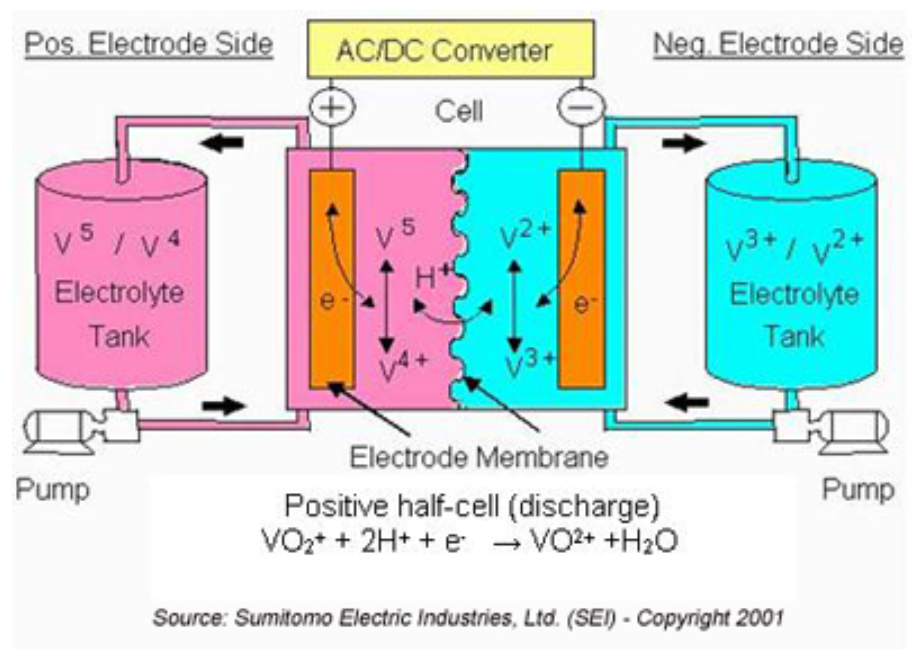Apr
2018
automation robots academic library
++++++++++++
more on library technologies in this IMS blog
https://blog.stcloudstate.edu/ims?s=library+technologies
Digital Literacy for St. Cloud State University
++++++++++++
more on library technologies in this IMS blog
https://blog.stcloudstate.edu/ims?s=library+technologies
February 9, 201811:37 AM ET ADAM FRANK
Combine the superfast calculational capacities of Big Compute with the oceans of specific personal information comprising Big Data — and the fertile ground for computational propaganda emerges. That’s how the small AI programs called bots can be unleashed into cyberspace to target and deliver misinformation exactly to the people who will be most vulnerable to it. These messages can be refined over and over again based on how well they perform (again in terms of clicks, likes and so on). Worst of all, all this can be done semiautonomously, allowing the targeted propaganda (like fake news stories or faked images) to spread like viruses through communities most vulnerable to their misinformation.
According to Bolsover and Howard, viewing computational propaganda only from a technical perspective would be a grave mistake. As they explain, seeing it just in terms of variables and algorithms “plays into the hands of those who create it, the platforms that serve it, and the firms that profit from it.”
Computational propaganda is a new thing. People just invented it. And they did so by realizing possibilities emerging from the intersection of new technologies (Big Compute, Big Data) and new behaviors those technologies allowed (social media). But the emphasis on behavior can’t be lost.
People are not machines. We do things for a whole lot of reasons including emotions of loss, anger, fear and longing. To combat computational propaganda’s potentially dangerous effects on democracy in a digital age, we will need to focus on both its howand its why.
++++++++++++++++
more on big data in this IMS blog
https://blog.stcloudstate.edu/ims?s=big+data
more on bots in this IMS blog
https://blog.stcloudstate.edu/ims?s=bot
more on fake news in this IMS blog
https://blog.stcloudstate.edu/ims?s=fake+news
++++++++++++++
more on #FakeNews in this IMS blog
https://blog.stcloudstate.edu/ims?s=fake+news
Within these methods you’ll find close to 40 tools and tricks for finding out what your students know while they’re still learning.
edutopia.org/article/7-smart-fast-ways-do-formative-assessment
Entry and exit slips
Exit slips can take lots of forms beyond the old-school pencil and scrap paper. Whether you’re assessing at the bottom of Bloom’s taxonomy or the top, you can use tools like Padlet or Poll Everywhere, or measure progress toward attainment or retention of essential content or standards with tools like Google Classroom’s Question tool, Google Forms with Flubaroo, and Edulastic,
Low-stakes quizzes and polls: If you want to find out whether your students really know as much as you think they know, polls and quizzes created with Socrative or Quizlet or in-class games and tools like Quizalize, Kahoot, FlipQuiz, Gimkit, Plickers, and Flippity
Dipsticks: So-called alternative formative assessments are meant to be as easy and quick as checking the oil in your car, so they’re sometimes referred to as dipsticks. These can be things like asking students to:
Interview assessments: If you want to dig a little deeper into students’ understanding of content, try discussion-based assessment methods. Casual chats with students in the classroom can help them feel at ease even as you get a sense of what they know, and you may find that five-minute interview assessments
Flipgrid, Explain Everything, or Seesaw
Methods that incorporate art: Consider using visual art or photography or videography as an assessment tool. Whether students draw, create a collage, or sculpt, you may find that the assessment helps them synthesize their learning.
Misconceptions and errors: Sometimes it’s helpful to see if students understand why something is incorrect or why a concept is hard. Ask students to explain the “muddiest point” in the lesson—the place where things got confusing or particularly difficult or where they still lack clarity. Or do a misconception check:
Self-assessment: Don’t forget to consult the experts—the kids. Often you can give your rubric to your student
The future is looking bright.
Vanadium Flow Batteries
limited to mostly stationary applications.

The main issue with Lithium batteries is the lack of profitability for recycling. The elements such as cobalt, nickel, and lithium all need to be extracted and separated, and then reassembled into new batterie
Programmable cells
Xenobots” and have essentially become living nanobots.
https://www.ascd.org/el/articles/5-ideas-for-developing-real-world-thinking-skills
View this post on Instagram
https://www.cnet.com/news/privacy/india-orders-vpn-companies-to-collect-and-hand-over-user-data/
A new government order will force virtual private networks to store user data for five years or longer.
The directive isn’t limited to VPN providers. Data centers and cloud service providers are both listed under the same provision. The companies will have to keep customer information even after the customer has canceled their subscription or account.
India has a history of applying a heavy hand to online activity.
In April, India banned 22 YouTube channels. In 2021, Facebook, Google Twitter ended a tense stand-off with the Indian government when they largely complied with the government’s expanded control over social media content in the country. In 2020, the country banned over 200 Chinese apps, including TikTok, and ultimately banned 9,849 social media URLs.
euters reports that Weibo will begin showing the rough locations of its users using IP addresses to combat “bad behaviour” online. The locations show up on both profiles and posts.
Chinese citizens have long resorted to using VPNs and other privacy tools to help either access non-Chinese services or speak freely online and you can see why.
In a similar view to the Panopticon, visibly showing users that the service knows where they are will lead to self-censorship, reducing the strain on Chinese censors to cover an internet with hundreds of millions of users.
+++++++++++++++
more on social credit system in this IMS blog
https://blog.stcloudstate.edu/ims?s=china+social
The company, which became a favorite target of the Trump administration, has been working to avoid accusations that it’s been favoring any one side in the conflict. Ukraine officials have, however, previously implied that the company might have intentionally sabotaged its products. For its part, DJI has insisted that its products are not sold for military purposes.